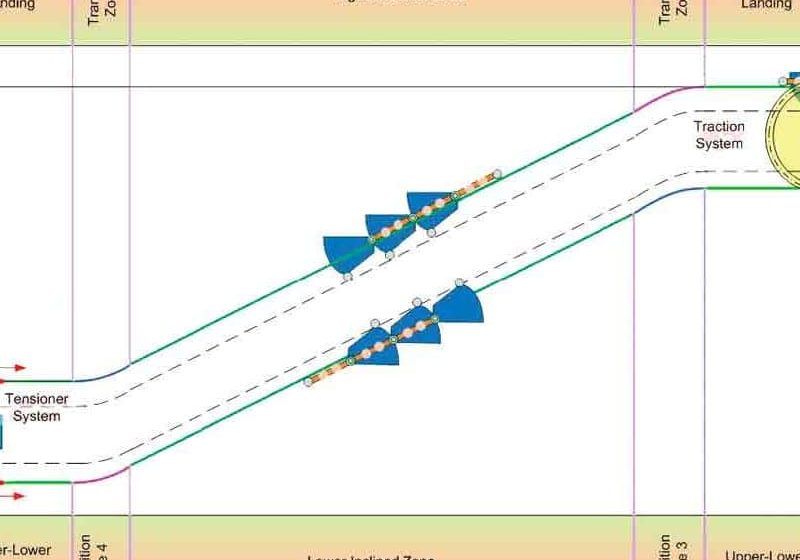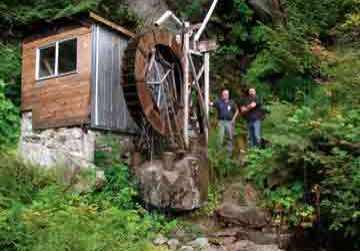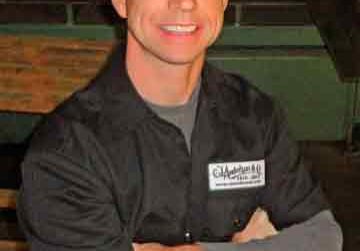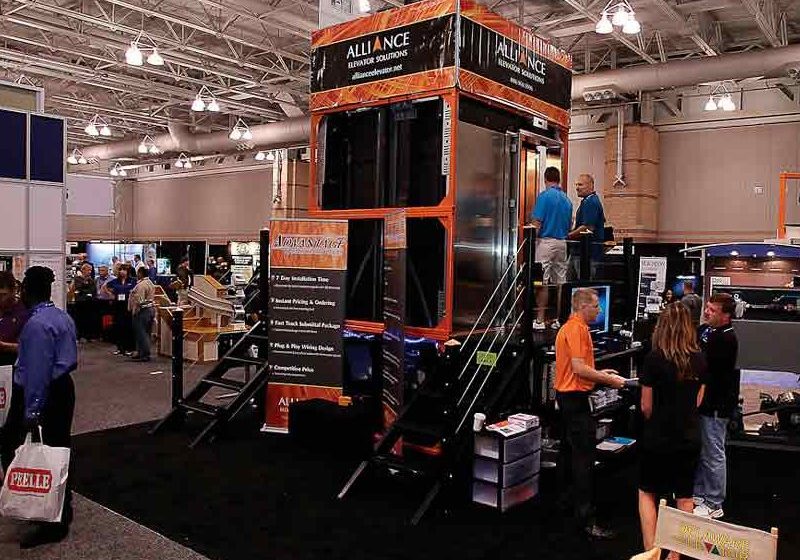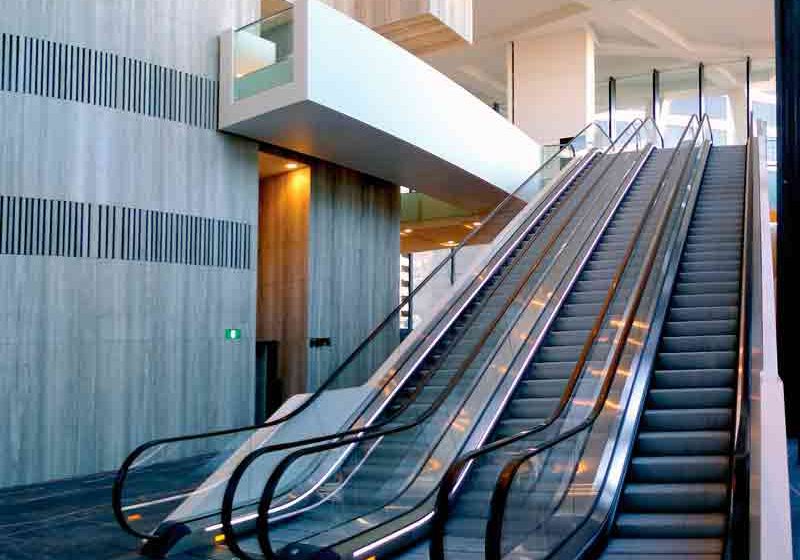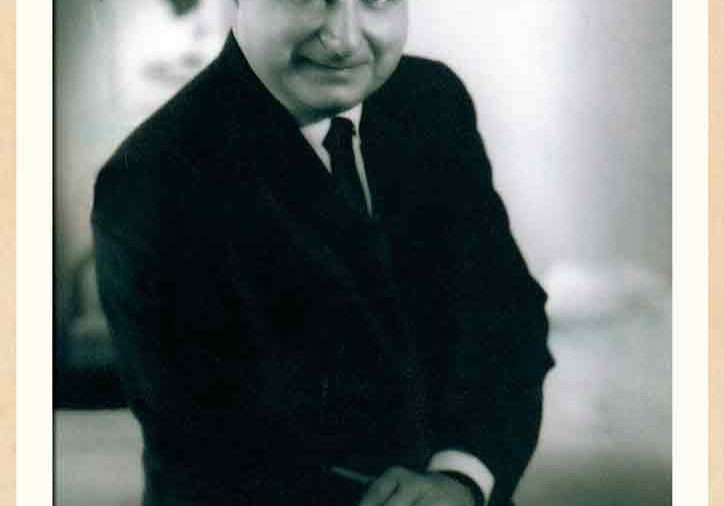Well-known speakers from far and wide attended this U.K. symposium, which is expected to see growth in the coming years.
The University of Northampton and the Chartered Institute of Building Services Engineers (CIBSE) Lifts Group collaborated to present the second Symposium on Lift and Escalator Technologies on September 27. Following the success of the first symposium in 2011, it was difficult to imagine how it could be better, but this year’s event did not disappoint. Well-known speakers came from far and wide, and the event was attended by representatives from Asia, Europe, Africa and the Americas. The event was held at the Sunley Management Centre at the University of Northampton’s Park Campus in Northampton, U.K. Many delegates, your author included, know the center well, as it is used to deliver many of the university’s courses, and for many, it seems like home.
Professors Nick Petford and Stefan Kaczmarczyk opened the event and welcomed attendees. The symposium was comprised of four sessions, each of which featured three presentations. Your author had the privilege of chairing the first session. The first speaker was Dr. Bruce Powell, who is well known in the industry for his extensive work on traffic analysis and control systems. Powell spoke about some of the interesting traffic-analysis claims often discussed in the industry. One such claim is that of companies suggesting their products and/or services are the best. Powell also provided fascinating insight into some of the realities behind these claims, which provided sobering food for thought.
Powell’s presentation was followed by Ana Maria Lorente-Lafuente, who spoke about energy models for lifts. Lorente-Lafuente is currently researching energy consumption at the PhD level and works closely with the CIBSE lifts group. She was recently invited to present her findings at an International Organization for Standardization meeting in Washington. In particular, her research examines standby times, traffic patterns and energy classification of lift systems.
The final speaker of the first session was Maite Beamurgia from Mondragon University in Spain. Beamurgia spoke about the use of origin-destination matrices and their use for traffic estimation and prediction. The reality of buildings and factual knowledge about traffic and its effect on simulation (rather than a pure theoretical calculation) was highlighted as an important factor for optimizing lift systems. After the first session, delegates enjoyed a coffee break and conversation with old friends.
“For modern office and residential buildings, the design, installation, and maintenance of safe and cost-effective means of vertical transportation are critical issues. Safety, efficiency and technical reliability are key issues, which are reflected in the technical papers presented at this conference.”
— Dr. Stefan Kaczmarczyk
The second session, chaired by Kaczmarczyk, opened with a presentation by Adrian Shiner, who presented a paper titled “Still Room for Improvement,” which demonstrates areas where the industry is lagging behind others. The presentation highlighted issues such as bearing technology, where manufacturers state a life for a bearing, yet the industry does little to measure degradation. As expected, the paper provoked a number of questions and fierce debate.
The second paper of this session was presented by Ingo Pletschen of ThyssenKrupp Elevator in Germany, who presented his detailed findings with respect to the analysis of frequency behavior of elevator systems. Pletschen’s presentation was followed by that of Xabier Arrasate of Mondragon University, who spoke about vibration in lift systems. Arrasate’s paper presented the findings of his team into the specific research within the subject.
After the first half of the symposium concluded, delegates gathered for lunch and further discussion after a photo on the campus lawn. It was good to have the chance to talk to people over lunch, and there was an agreed consensus that the event was well organized.
Dr. Gina Barney chaired the third session, and as expected, her timer made a guest appearance to ensure the three speakers kept to their allotted durations. Dr. Richard Peters presented the first paper, “Lift Performance Time,” and discussed various industry definitions. He also demonstrated the importance of performance time and the serious affect it can have on traffic-analysis calculations.
The second paper was presented by Dr. Rory Smith of ThyssenKrupp Elevator, who looked in depth at up-peak scenarios. His paper followed the previous paper well and provided further information for how traffic-analysis calculations can be affected by various factors. The final paper of the session was presented by Dr. Ferhat Çelik of Blain Hydraulics, who spoke about energy efficiency with respect to hydraulic lifts and the difference between mechanical and electronic valves and their effect on variable-frequency drive systems.
After the third session closed, attendees gathered again for coffee and conversation before the start of the fourth and final session, which began with Dr. Albert So’s discussion on the elevator as a system and how it can be made more efficient. So demonstrated this idea in practical and theoretical terms. He also explained how power consumption is optimized in Hong Kong by practical measurement of counterweight balance and varying it with known traffic patterns.
Following So’s presentation was that of another well-known international speaker, Dr. Lutfi Al-Sharif, who spoke about a method of graphically determining an optimum lift group design using handling capacity and arrival rates. Dr. Al-Sharif demonstrated the HARint plane as the basis for optimizing design.
The final speaker of the symposium was Derek Smith, a former technical director of the Lift and Escalator Industry Association. Smith spoke about standards in the industry and discussed the various aspects of the process of creating standards.
The proceedings were closed by Peters and Dr. Jonathan Adams, who thanked the speakers and delegates on behalf of the University of Northampton and CIBSE Lifts Group. While waiting for the traffic to subside, your author took the opportunity to talk to old friends and colleagues who were still there. Everyone spoke with great enthusiasm about the success of the event, and many attendees were struck by the fact the room was still packed at the end of the fourth session, when people often slip out early to miss the traffic. There was only one minor downside, which was that there were no papers about escalators or moving walks. Nevertheless, this was one of the best seminars your author has attended. The location was great, it was well organized, and there were good speakers and great food and hospitality. The annual symposium has planted itself firmly in the diary of the lift and escalator industry, and it deserves that accolade.
“The CIBSE Lifts Group is delighted to be associated with this symposium, and encouraged by the positive feedback from both delegates and presenters. People are already talking about what they plan to present next year, so it looks like we will have to move on to a two-day event and larger venue. See you in 2013!”
— Dr. Richard Peters
The written papers and extended abstracts are available online (www.liftsymposium.org). The presentations are also available online (tv.theiet.org/technology/power/index.cfm). Dates for the third Symposium on Lift and Escalator Technologies in 2013 will be announced in the near future.
Get more of Elevator World. Sign up for our free e-newsletter.





